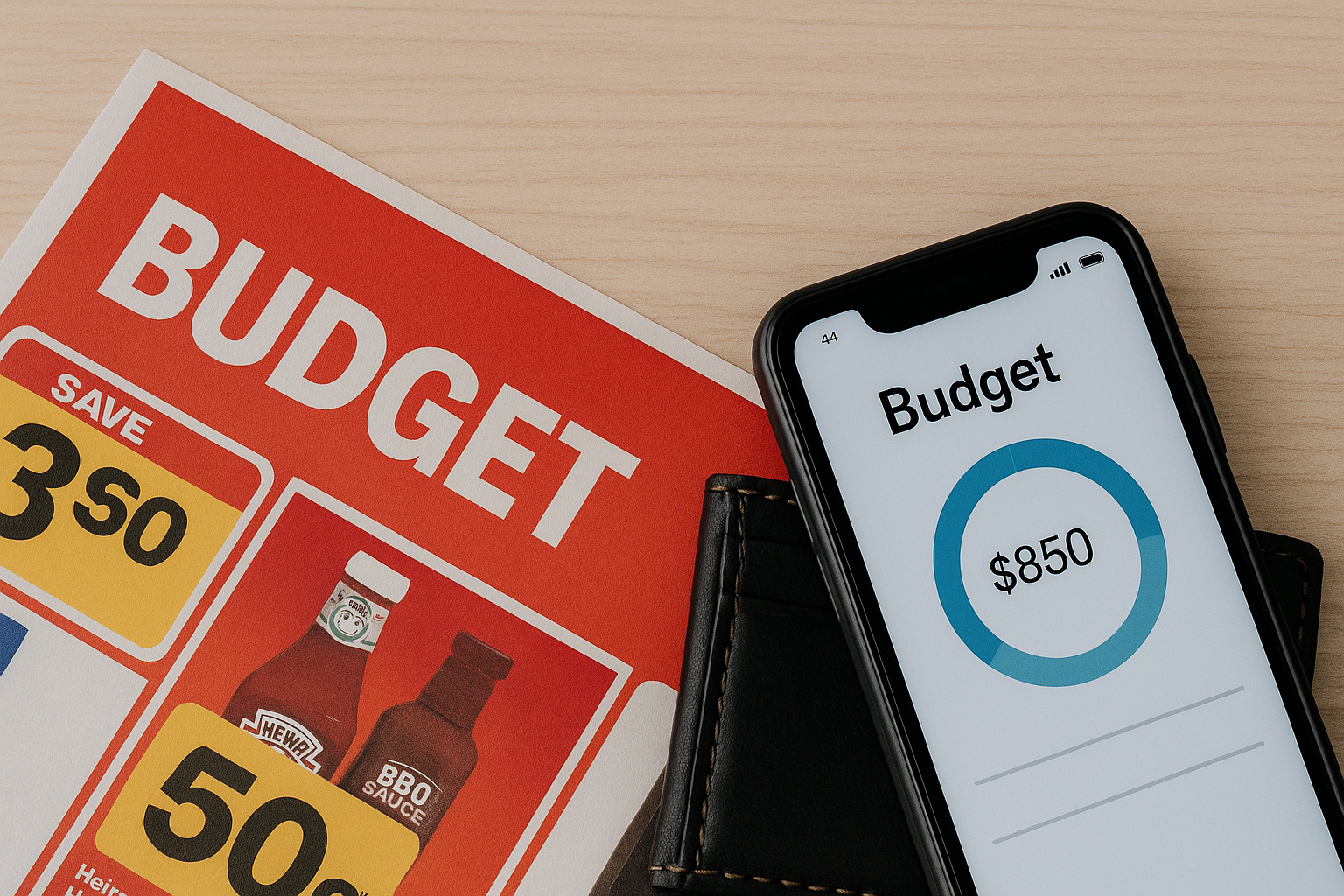Digital Flyer Budgeting: How to Manage Wallets Using Weaekly Ads + Float Apps
Learn how to combine digital flyers with float apps for a powerful budgeting strategy

In an age of rising costs, every dollar counts. We’re all looking for smarter ways to manage our money, but complex budgeting systems can often feel overwhelming. What if the secret to saving more was already on your phone, hidden within the weekly ads you scroll through?
Welcome to digital flyer budgeting. This practical, timely strategy connects the everyday habit of Browse weekly ads with modern financial planning. By strategically using digital circulars and leveraging "float apps" to manage your cash flow, you can create a simple, effective, and sustainable budget.

If you’ve ever searched for a "weekly ad budgeting app" or a better way to budget with digital flyers, this guide is for you. We’ll walk you through how to turn digital window shopping into a powerful tool for financial control.
Step 1: Set Your Budget per Category Using Digital Flyers
Before you "clip" a single coupon, you need a plan. The foundation of digital flyer budgeting is knowing what your local stores are offering before you allocate your money.
Instead of setting a generic grocery budget of, say, $150, browse the digital flyers from your local supermarkets first. You might see that chicken breast is on a deep discount at one store, while another has a great deal on your favorite pasta and produce. This pre-planning allows you to set a more realistic and data-driven budget.
How to do it:
- Open Your Go-To Flyer Apps: Use apps like Flipp or Reebee, which aggregate weekly ads from various stores in your area.
- Identify Key Deals: Look for staples—meats, produce, pantry items—that are on significant sale.
- Allocate Your Funds: Based on the deals, set a specific budget for each category. For example: "$40 for protein," "$30 for produce," "$20 for pantry items." This makes your budget an active plan, not a passive number.
For more on creating a foundational budget, check out this excellent guide on the 50/30/20 rule from a reputable financial source [External Link: to a trusted financial education site like NerdWallet or Investopedia].
Step 2: Clip Coupons and Cross-Store Compare
This is where the real savings begin. Digital flyers aren't just for Browse; they are interactive tools for saving. The goal is to build your shopping list around the best possible deals across multiple stores.
Most modern flyer apps have built-in features to make this easy. You can digitally "clip" an item from one store's ad and add it to a universal shopping list. This lets you see your entire shopping plan in one place.
How to do it:
- Digitally Clip Items: As you browse, tap on the deals you want. This adds them to a shopping list within the app.
- Price Match (Where Available): Some larger retailers will price match a competitor's advertised price. Your digital flyer app is the perfect proof. Pull it up at the checkout to save money without making an extra trip.
- Consolidate Your Trips: Look at your clipped items. Can you get the majority of your essentials at one or two stores? Plan your route to save time and gas, further boosting your savings.
Step 3: Leverage Float Apps & Loyalty Programs
Here's how to connect your savvy shopping with smart cash flow management. After you've set your budget based on flyers, you know exactly what you plan to spend. But what if payday is still a few days away and a great deal expires tomorrow?
This is where "float apps" come in. These are modern financial tools that give you small, short-term advances on your upcoming paycheck to cover expenses without derailing your budget. They are a strategic way to bridge the gap and can be a powerful tool when used responsibly.
How to do it:
- Sign Up for a Float or Early Pay App: Look into services like Earnin or Dave, which allow you to access your earned wages before your official payday. These can be a lifeline for capitalizing on a limited-time offer.
- Link Your Loyalty Programs: Don't forget this crucial step! In your flyer app or your store's dedicated app, make sure your loyalty card is linked. This often unlocks exclusive digital coupons and points multipliers, amplifying the savings you found in the weekly ad. At Europan Media, we know that effective digital marketing often hinges on these loyalty integrations [Internal Link: to a relevant blog post or service page on www.europanmedia.com, e.g., "The Power of Customer Loyalty Programs"].
Step 4: Track Spending & Adjust Your Margins
A budget is a living document. The final, and most important, step is to track your spending against the plan you created and make adjustments. Did you stick to the category budgets you set in Step 1? Did the float app help you snag a deal without paying interest or late fees?
How to do it:
- Review Your Receipts: After your shopping trip, compare your spending to your digitally clipped list.
- Analyze Your Performance: Where did you save the most? Did you overspend in any categories? Understanding these patterns is key to refining your budget.
- Adjust for Next Week: Maybe you realized you consistently overspend on snacks. Next week, you can look specifically for snack deals in the flyers or allocate a slightly larger margin to that category while reducing another.
By combining the forward-thinking approach of budgeting with digital flyers and the modern flexibility of financial apps, you create a dynamic and responsive system. You're no longer just spending money; you're actively managing it based on real-time data, ensuring your wallet stays healthy and your pantry stays full. This proactive approach is the future of practical financial wellness.